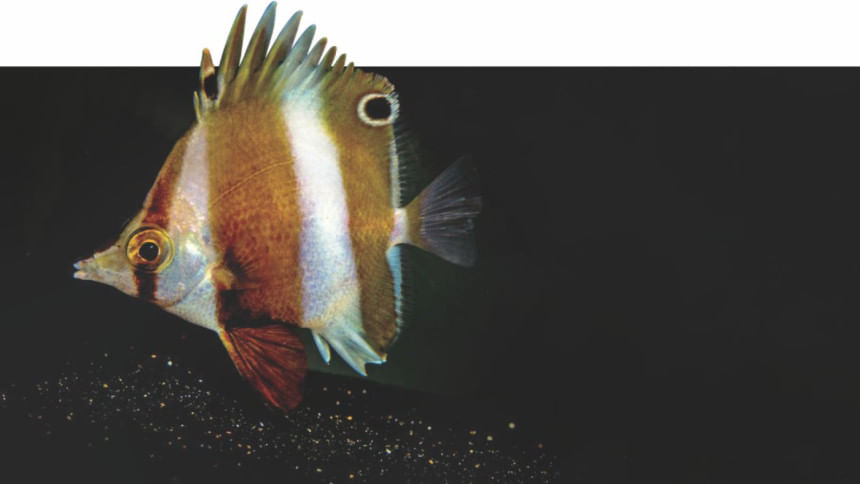Newly discovered animal species

We live in a world where news of animals going extinct dominate almost every media outlet. We talk about measures being taken to protect wildlife; we campaign for animal rights all over the globe, we hear the success stories, like how pandas are no longer an endangered species, and we revel in them.
However, we rarely hear about the wonderful – and sometimes slightly terrifying – new animals that have been discovered recently. The California Academy of Sciences, along with several other international collaborators have added 85 new species to “Earth's tree of life”, in 2017 alone. While it is not possible to talk about all of these species in depth since scientists themselves know very little about them at the moment, here is a list of just a few of them discovered as recently as 2016.
CEBRENNUS RECHENBERGI
Indigenous to Morocco, and aptly named the Cartwheeling spider or the Moroccan flic-flac spider, this creature is as unique as they get. It is the only known spider species to have the ability to cartwheel like human gymnasts and scientists have studied this specific characteristic in order to develop robots that can mimic the motion.
ROA RUMSFELDI
When marine biologists first found this species back in 2015 they didn't realise they had discovered a new species of butterfly fish. Another live version was captured two years later and an aquarist soon noticed that the colour of its dorsal fin was black instead of the usual white colour of its cousin. They later joked about how this fish was an “unknown unknown”, which basically means that it was not described as a new species since scientists did not realise it was one.
ERIOVIXIA GRYFFINDORI
All you Potterheads, hold onto your sorting hats because a trio of Indian scientists discovered a species of spider in the Indian state of Karnataka, and due to its resemblance to the sorting hat decided to name it after the hat's original owner, Godric Gryffindor. It is only 2 millimetres in length and was the smallest creature to have been discovered in 2015-2016.

PRISTIMANTIS MUTABILIS
This frog has a couple of interesting names: “punk-rocker” and “mutable rainfrog”. Although it was originally discovered in 2008 in Ecuador, scientists did not realise until much later the amazing ability of this species of frog. Within minutes the frog is able to change its skin texture from smooth to spiny. This texture changing characteristics allows the frogs to better camouflage to its surroundings.
ETMOPTERUS BENCHLEYI
This is also known as the Ninja lanternshark due to its unique ability to glow in the dark. Its skin is jet black and it has bulbous eyes but unlike the great white shark, it is much smaller in size: the adult male great white shark measures a whopping 157 inches; in comparison the Ninja lanternshark comes in at a measly 12.8 inches. Nevertheless, it is one of a kind. It is found mostly in the eastern Pacific Ocean.
GECKOLEPIS MEGALEPIS
This newly discovered species of gecko that is found in northern Madagascar has adapted quite brilliantly to escape from predators. It has very large scales that it can shed off easily and escape while its predator is left with a mouthful of scales instead of gecko meat. While there have been other geckos like the Geckolepis megalepis, new species of these geckos have not been discovered since the 1940s making this one a unique find of the 21st century.
PHYLLOPTERYX DEWYSEA
The scientists that discovered this new seadragon decided to name it after its vibrant red colour and so it is also known as the Ruby seadragon. It is only the third species of seadragon to have ever been discovered and the first one in 150 years. It inhabits the waters of Western Australia and was officially considered a new species in 2015. The first time that scientists could document the Ruby seadragon in its natural habitat was in April 2016 and they published their findings in January 2017.

 For all latest news, follow The Daily Star's Google News channel.
For all latest news, follow The Daily Star's Google News channel. 




Comments